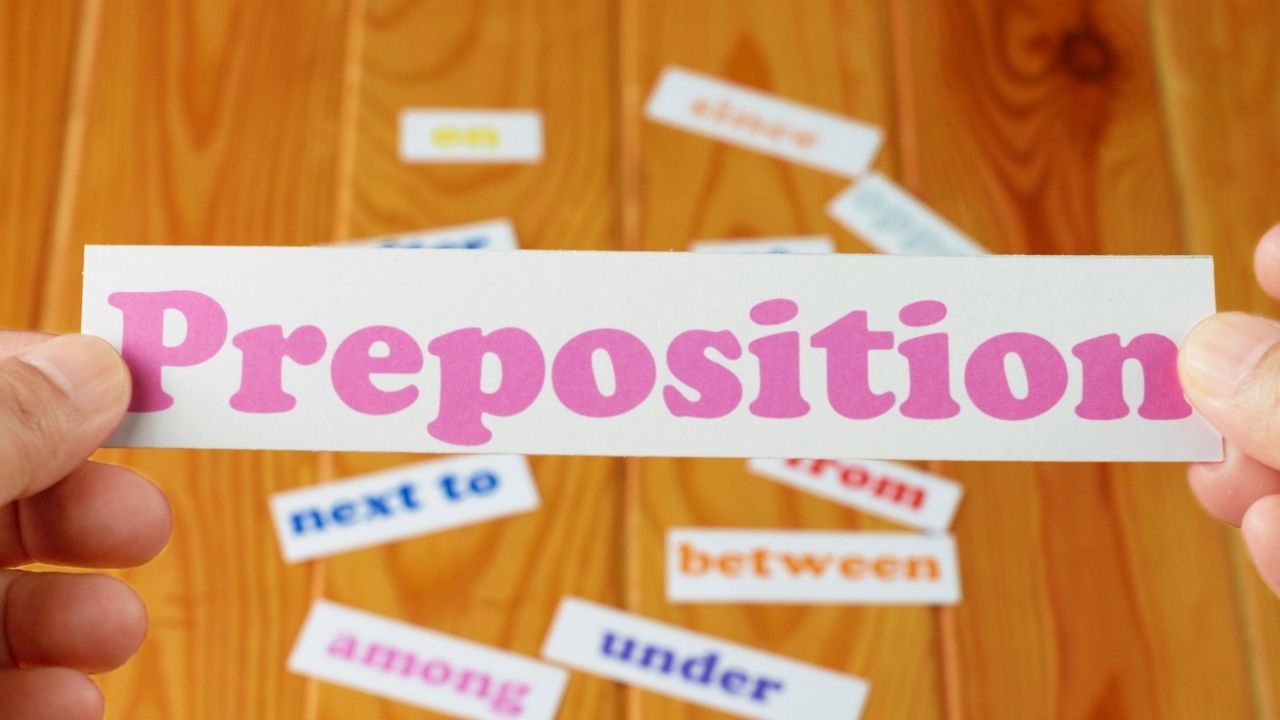Table of Contents
Introduction to Prepositional Phrases
Welcome to our blog post all about prepositional phrases! Whether you’re a grammar guru or just starting your language-learning journey, understanding and using prepositional phrases correctly is essential for effective communication. In this article, we’ll break down the structure of prepositional phrases, explore common examples in everyday language, and delve into how they can elevate your writing and speech. So grab a cup of coffee (or tea!) and get ready to dive into the world of prepositions and their powerful partners – prepositional phrases!
Also read: Libra Moon Sign: Understanding the Lunar Influence on Relationships and Harmony
Understanding the Structure of Prepositional Phrases
Prepositional phrases are an essential part of our everyday language, helping to provide additional information and context in sentences. But what exactly is the structure of a prepositional phrase? Let’s dive in and explore!
A prepositional phrase consists of two main components: a preposition and its object. The preposition acts as a link between other words or groups of words in a sentence. It shows the relationship between these elements, such as location, time, direction, or manner.
The object of the preposition can be either a noun or pronoun that follows the preposition. It could be something tangible like “the book,” or something more abstract like “her feelings.” The object provides further details about what or who is involved in the action being described.
In addition to the preposition and its object, a prepositional phrase may also include modifiers that add more description or clarify meaning. These modifiers can take different forms such as adjectives (“the tall building”) or adverbs (“quickly running”).
It’s important to note that while some sentences may contain multiple prepositional phrases, each one functions independently within the sentence structure.
By understanding how prepositional phrases are structured, you can effectively use them to enhance your writing and communication skills. So keep practicing and incorporating them into your daily conversations for clearer and more precise expression!
Common Prepositions and their Meanings
Prepositions are essential in forming prepositional phrases, as they indicate the relationship between two words or elements in a sentence. Understanding common prepositions and their meanings is crucial for constructing clear and concise sentences.
1. Across: Indicates movement from one side to another, typically over a distance.
Example: The cat leapt across the fence.
2. On: Denotes contact or attachment to a surface.
Example: Place the books on the shelf.
3. Through: Signifies movement from one end of an object to another.
Example: We walked through the forest.
4. Over: Represents movement above or covering something.
Example: The plane flew over the city.
5. Underneath: Suggests being below or beneath something.
Example: The dog hid underneath the bed.
6. Around: Refers to moving in a circular direction or surrounding something/someone.
Example: She wrapped her arms around him in a hug.
7. Between:
Indicates being positioned at, into, or across space separating two objects/people/things.
Example:The ball rolled between my feet.
Understanding common prepositions allows us to express location, time relationships, and more accurately convey our thoughts and ideas within sentences!
Examples of Prepositional Phrases in Everyday Language
Prepositional phrases are an essential part of everyday language, used to add detail and provide context to our conversations and written communication. Let’s explore some common examples of prepositional phrases that we encounter in our daily lives.
In the morning, I enjoy a cup of coffee with cream and sugar. “In the morning” is a prepositional phrase that tells us when this enjoyable routine takes place.
I walked through the park with my dog. “Through the park” describes where I was walking with my furry companion.
She sat on the bench next to her best friend. The preposition “on” indicates where she was sitting, while “next to her best friend” gives us additional information about who she was sitting beside.
He looked under his bed for his missing sock. Here, “under his bed” specifies where he searched for something important – his missing sock!
The cat jumped onto the table during dinner. In this sentence, “onto the table” tells us where the cat leaped during mealtime.
By using prepositions such as in, through, on, under, and onto combined with objects or nouns like morning, park, bench, bed or table; we can create meaningful sentences that vividly describe actions and locations.
So keep an eye out for these handy little word combinations in your everyday conversations – you’ll be amazed at how often they crop up!
Also read: What Is Pozole? Discovering the Rich Flavors of a Traditional Mexican Dish
Usage of Prepositional Phrases in Writing and Speech
In writing, prepositional phrases are essential for adding detail and providing clarity to your sentences. They help you paint a vivid picture in the reader’s mind by describing where or when something happened. By incorporating prepositional phrases into your writing, you can make it more engaging and descriptive.
For example, instead of saying “I went to the store,” you could say “I went to the store on Fifth Avenue.” This simple addition gives the reader a clearer understanding of where exactly you went.
Prepositional phrases also play a crucial role in speech. They allow us to express ourselves more precisely and convey our thoughts effectively. Without them, our conversations would lack specificity and depth.
Imagine trying to give directions without using any prepositions: “Go straight turn left right after park.” It would be confusing! But if we use prepositions like “Go straight down the road, then turn left right after the park,” our instructions become much clearer.
Additionally, mastering prepositional phrases can enhance your overall communication skills. The ability to use them correctly demonstrates your command over language and attention to detail. Whether in formal presentations or casual conversations, utilizing appropriate prepositional phrases shows that you have a strong grasp of grammar and syntax.










